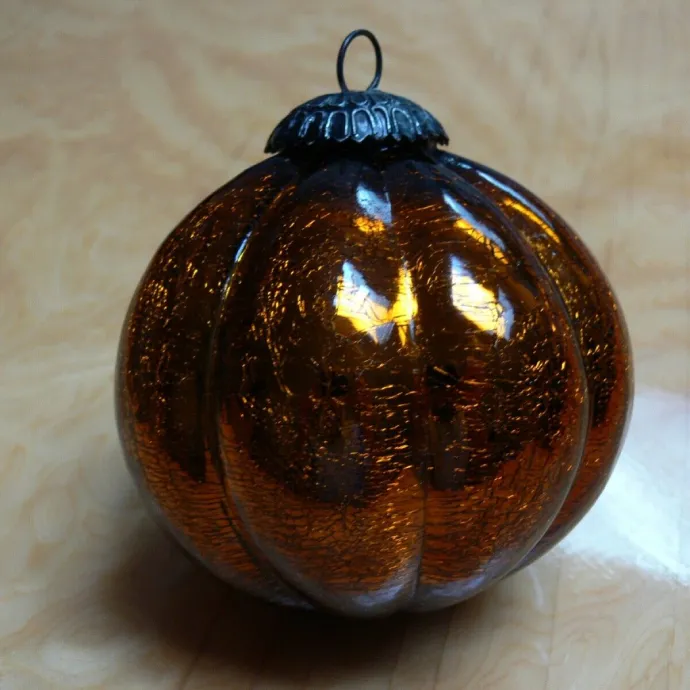What are witch balls?
If you’re in the habit of rummaging around junk shops, there’s a chance that you may have come across a ‘witch ball’.
Witch balls are large or medium glass balls, highly decorative, often silvered, green or red, with a lustrous mirrored surface. It should have a metal loop on the top through which you can attach a chain to hang it from the ceiling.
A few years ago, I bought a splendid green 19th-century ball from a dealer in St Leonards, and it’s now hanging up in our drawing room. The dealer told me it’s likely to have been made by the glassmakers of Nailsea, near Bristol.
What is the history of witch balls?
As with so many other antiques, there’s a romantic (if not always strictly factual) story lurking somewhere. It’s a bit like‘cock fighting chairs’that were not used for cock fighting,‘cricket tables’which have nothing to do with cricket, or‘armada chests’, which have no connection whatsoever with the Spanish Armada.
In popular imagination, ‘witch balls’ were hung up in 18th and 19th-century windows to ward off evil spirits. It was believed that witches could be entrapped by their own reflection. If you hang up a witch ball you will see that it reflects the entire room, creating a fascinating optical effect.
I also came across another theory that the balls were originally used to dry salt in front of the fire and, as salt was considered a useful talisman against the ‘evil eye’, the association stuck.
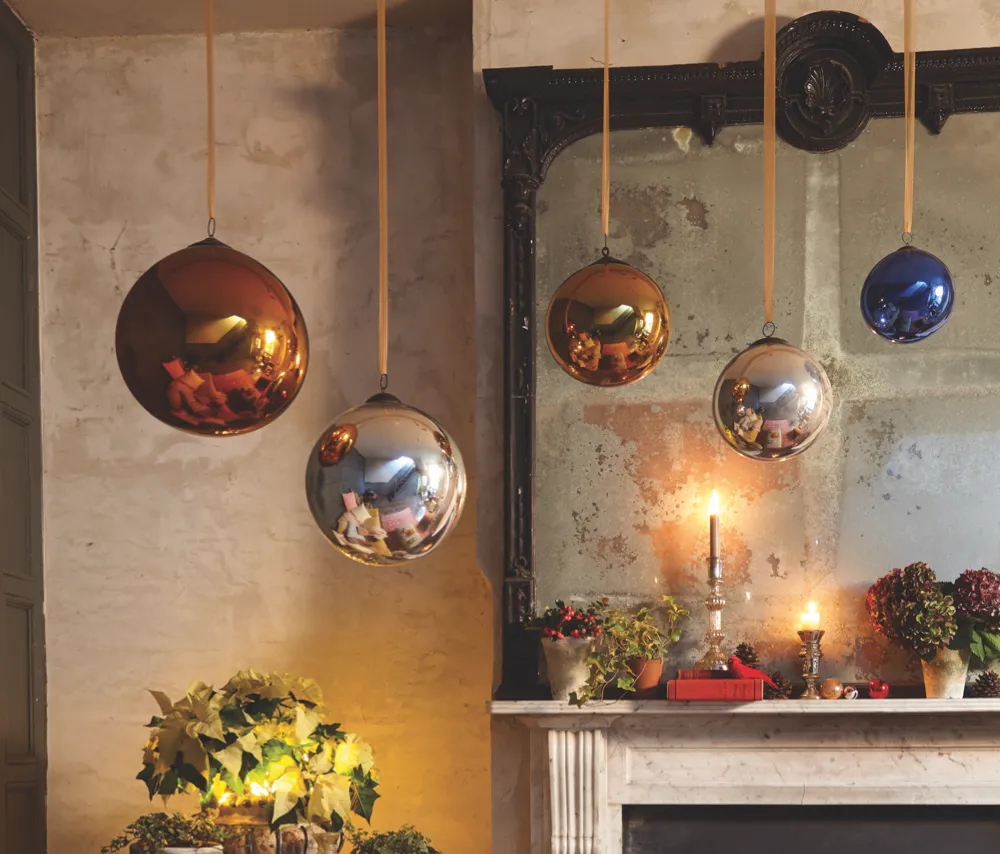
An expert at theWheaton Museum of American Glasssuggested that they were more properly ‘watch’balls - a primitive form of burglar alarm. Placed near a picket fence, they would reflect whoever was walking up your garden path.
Certainly, glass balls were popular decorative ornaments in Germany as symbols of hospitality and, later, during the 19th and 20th centuries in America. They were also popular ornaments in the homes of English glass blowers.
How to buy witch balls at auction
And of course they make a fun and unusual thing to collect, especially at Christmas. A collection of witch balls would look fantastic if arranged en masse or, during the summer months, if hung from a tree.
They come up at auction now and again, and are relatively cheap to buy. A look at previous auction results shows that a typical price seems to be around the £60-£80 mark, before commission.
If you’re tempted to buy at auction it is, as ever, a case of buyer beware. I suspect that many of these so-called ‘Victorian’ balls are not as old as at first they may appear and may be modern reproductions, imported from abroad.
What to look for when buying witch balls
Once you’ve handled an original example you should get the feel for it. Nineteenth-century balls should be handblown. They will have an uneven surface. Look for original tarnishing, wear and spotting on mercury and silver plating (as you might see on old mirror plate), dimples and imperfections in the glass.
The bottom of the ball might also be worn, especially if the ball has been stored away for some time, and the ball will also be heavy. Many of the modern versions are much lighter in weight. The metal mount and loop should have genuine age.
And as a final note of warning: they say it is bad luck to sell a witch ball. So if you’re thinking of buying one, remember that a witch ball is for life, not just for Christmas.
Best witch balls on the high street
If you're looking for witch balls online rather than searching for some at auction, there are plenty to be found. We've rounded up a few of our favourites
Extra large etched snowflake witch ball, £24.95, from Trouva
Buy extra large etched snowflake witch ball from Trouva
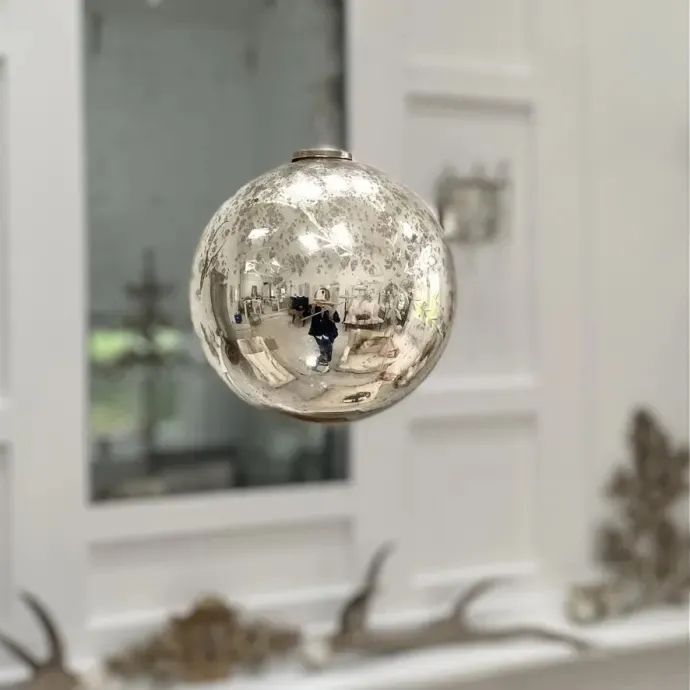
Antique witches ball, £295, from Vinterior
Buy antique witches ball from Vinterior
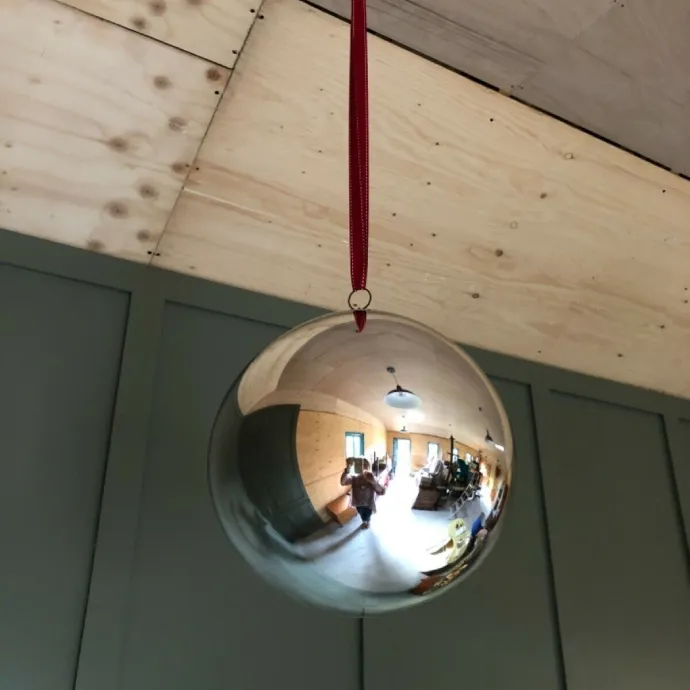
Vintage ribbed mercury glass witches ball, £85, from Ebay
Buy vintage ribbed mercury glass witches ball from Ebay
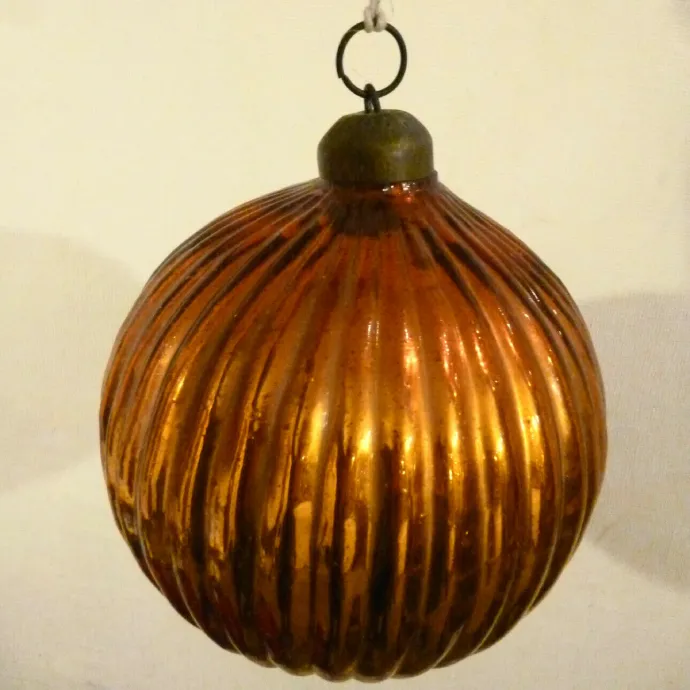
Three large witches balls, £220, from Vinterior
Buy three large witches balls from Vinterior
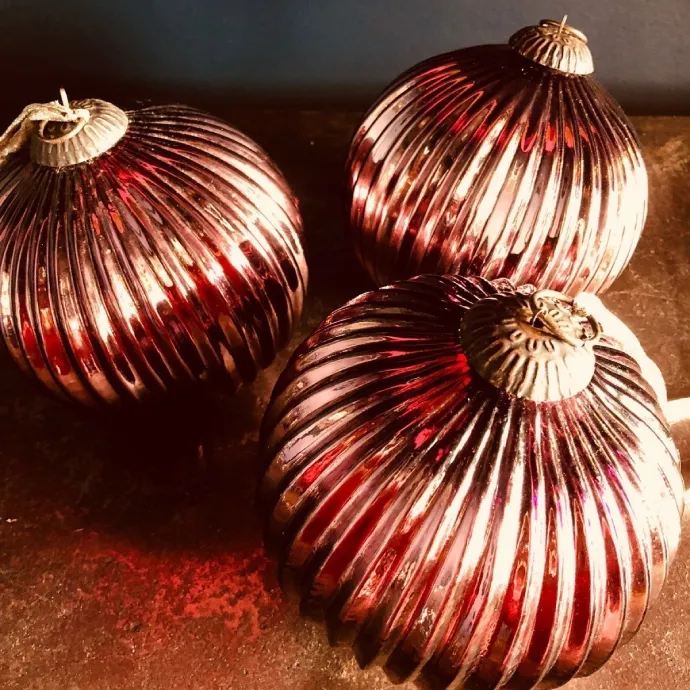
Witches ball in gold, £29, from Ebay
Buy witches ball in gold from Ebay
